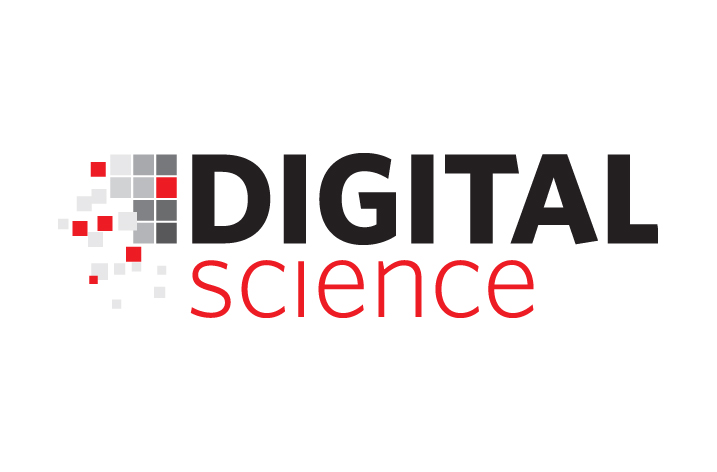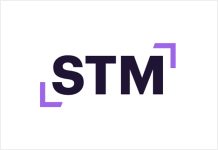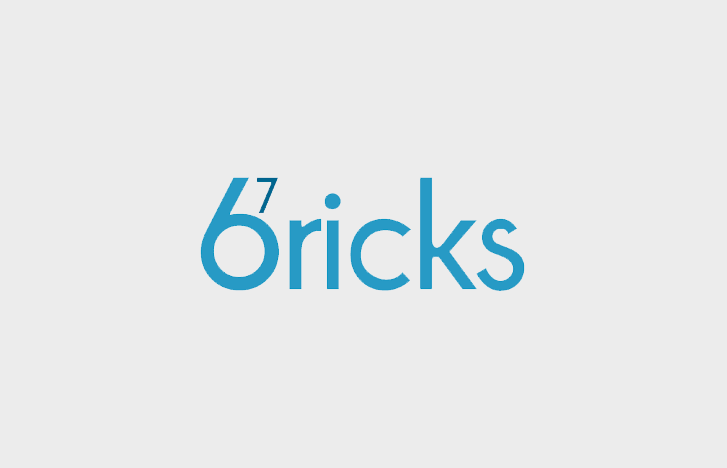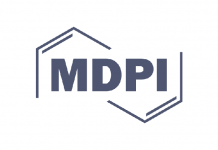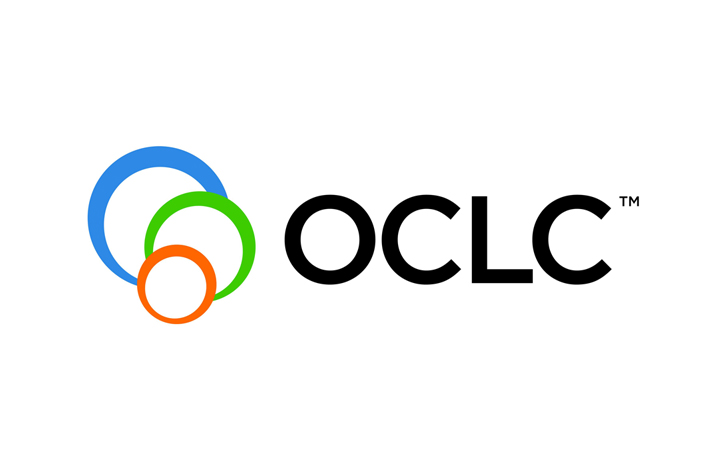
LibLynx and PSI partner to deliver real time usage metrics to organisations wanting to learn who is accessing their Open Access (OA) content.
As the volume of OA content increases, it’s becoming increasingly crucial for OA publishers to know who is reading their content and where that readership is based, especially when developing new transformative deals and providing metrics to funders. Traditional methods of usage reporting that rely on authenticating user access do not apply to OA content.
The new OA Usage Reporting solution works by capturing and analysing raw usage data from a publisher’s platform. The organisational source of usage is identified by matching incoming IP addresses against PSI’s theIPregistry.org to provide organisational detail of users and geographical data for all remote use. The analysis can also identify malicious access, such as Sci-Hub downloads, by matching data to PSI’s IP-intrusion.org database.
OA usage reports will be available by title, source organisation, organisation type, and geographical location. Reports can be viewed online or downloaded from any existing website by embedding the LibLynx reporting widget. Alternatively, reports can be delivered as a data feed for ingestion into a third-party analytics tool. Libraries and other information and knowledge managers will be able to access organisational usage data directly from their profile on theIPregistry.org.
Andrew Pitts of PSI said, “Working closely with publishers, membership societies and libraries for many years has enabled PSI to create a powerful database that can be leveraged to provide publishers, libraries and authors with valuable data to nurture a deeper understanding of organisational readership.”
“Traditional usage reporting tools are slow, inflexible, and expensive to implement and maintain,” said Tim Lloyd, CEO of LibLynx. “Our lightweight solution is much simpler to implement and delivers near-real time analytics that publishers can flexibly integrate with their existing workflows.”
Publishers interested in learning more should contact either party for more information.





